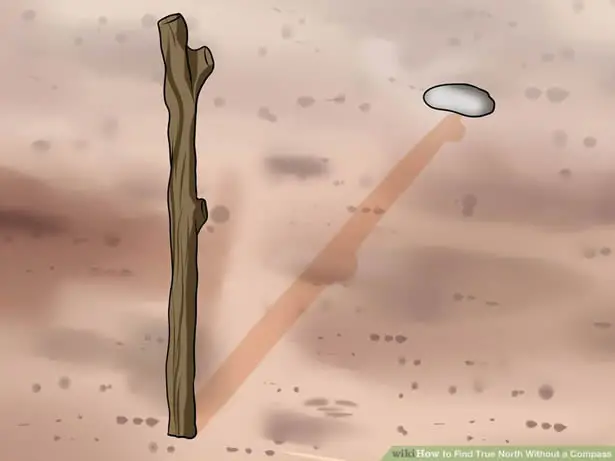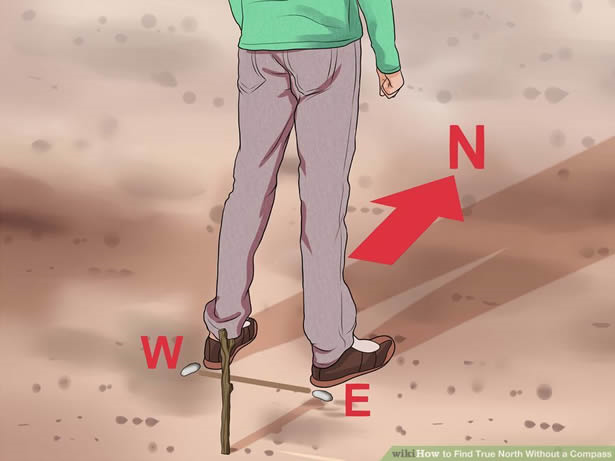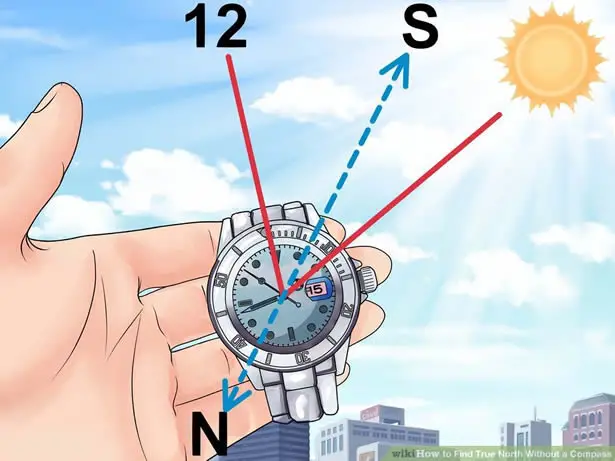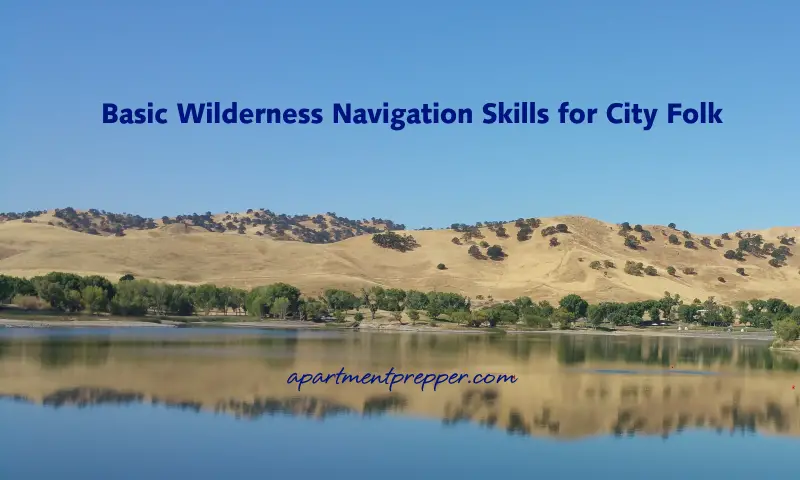Written by Steve
If you live in an apartment in the city you’ll have limited supplies and resources will be scarce in the event of a natural disaster or civil unrest. You can do your best efforts in prepping but if you live in an apartment you’ve only got so much space that you can use. In the event that you run out of resources or things just get too dangerous in the city, you’ll most likely want to bug out. Most of you will have a bug out location and chances are that you will be getting to that bug out location, at least part of the way, on foot. If that’s the case, you’ll need some basic wilderness navigation skills because even if you’ve trekked to your bug out location many times, in the heat of the moment when you’re stressed and fatigued or it’s a bit dark or the weather is bad or for whatever reason you have to take a different route, it’s very easy to get lost so I’ve put together these basic guidelines which you can master very quickly.
It’s important to note that in the woods, anybody can get lost, even the most experienced survivalist. In such situations where you can’t be helped by anybody, you will have to find your own way. I know many stories of people doing something like picking berries and getting lost because they see a patch of berries just a bit further that they want to pick, and then there’s another batch just a little further and then all of a sudden they’re turned around and lost. Then panic can set in which can even make people with good navigation skills make silly navigational errors.
The first thing you need to know is which direction you have to go in. Sounds simple but it’s not as simple as it sounds when you’re in a forest and there’s no land marks that you can see. That’s why you have to know your bearings. Secondly, you have to ensure that you remain on the right path.
GETTING YOUR BEARINGS
Knowing your bearings (North, South, East, and West) is absolutely vital to wilderness navigation. Using a compass, you can determine your bearings easily however what if you lose your compass or you accidentally break it? In most cases when in the wilderness, you will have some clues about your current location, e.g. you might know the position of the creek or coast which might either be to the east or west. Therefore, once you determine the location of the creek or coast you can get back home. Ultimately, knowing the direction of north, east, south and west is important to survival in a situation like this.
So how do you get your bearings if you don’t have a compass?
Stick in the Ground: Get a straight stick thick enough to cast a visible shadow. Drive it into the ground and note where the shadow ends on the ground. Then, after about 15-20 minutes, mark another sport at exactly where the shadow finishes. With two points on the ground, connect them by drawing a line between them. The first point represents the west direction and the second point indicates east.


Branches of a tree: You can get your way around in the woods by reading trees. A tree with its branches thicker on one side simply shows that they got more sunlight. The other side of the tree with thinner and more vertical branches is because it is not facing the sun, so they have to grow tall to get enough sun light. Don’t just jump to conclusions, make sure you use several trees for confirmation.
Moss: Moss generally grows on tree sides not facing the sun or on rocks not facing the sun so you know that the sun is in the south if you live in the northern hemisphere so that way you can get some basic bearings. To reduce error and increase accuracy, you don’t rely on just one tree or rock, take an average of several.
Stars: Knowing how to find the North Star is one of the basic skills for survival.
Use a watch: On an analog watch, point the hour hand towards the sun. Note this as your first reference point. The 12 hour point on the watch is your second reference. From the middle of the two reference points, draw a straight line across the watch face, the line drawn represents your north-south line.

HOW TO STAY ON COURSE
It might sound easy, but staying on course is a big problem. Many people who get lost go round and round in circles. It sounds ridiculous that someone will continue to go around in a big circle for days but it does happen and the reason it’s so easy to get off course is because there can be obstructions in your way or the woods might just be too dense to get around. If you’re in an open, flat field it’s hard to get lost if you have a compass but if you’re in thick forest and come across an impassable cliff and have to go around it’s very easy to get lost.
Use a big stick: It’s not the most sophisticated method on the planet but it actually works very well. You can apply any of the methods above to get your bearings. Next, with a very long stick, place it in the right direction in the dense area you can’t physically pass. Locate the end of the big stick by walking around the dense area, then follow the direction the stick is pointing. The Scandinavians have been using this technique since the Viking age.
Boxing: When obstructed by an obstacle e.g. a mountain or a dense forest etc. and you are in possession of a compass, you can get around it using the boxing method.
Below are steps to follow.
Step 1: With your compass, turn 90 degrees to the right, then in that direction walk a suitable distance so that you get around the obstruction. Note the number of steps you are taking.
Step 2: Still with the compass in your hand after going far enough around the obstacle, turn left 90 degrees. Then walk far enough to clear the obstacle.
Step 3: Again holding your compass, turn 90 degree left and then walk in that direction a the same amount of distance you took in step one.
Step 4: finally you are at the exact location you intend to be, turn 90 degrees right and walk in that direction. That’s the right direction you needed to go and you’ve safely got around the obstruction.
Aiming off: Are you trying to get to a location that is on a creek or a road? Don’t set off going directly to the location, aim off in one direction. It’s a good idea to aim off because there is a possibility that you won’t exactly get to your intended location and once you reach the road or creek, then the question will be, which way should I go, left or right up the creek or road. If you aim off to the left of your desired location which is on the road or creek, once you reach the road or creek, you know that you have to go right to reach your desired location. Using this method, you might add a bit more distance to your journey, but you will definitely reach your destination.

(Source: https://www.go4awalk.com/hill-skills-and-navigation/navigation-skills/aiming-off.php)
About the Author
Steve is a survivalist and runs the blog www.topsurvivalweapons.com. He loves being outdoors, hiking through remote areas and camping.


Got lost one night years ago in the Pocono mountains. Went off the road to pick up some firewood and when I started to walk back to the road and it was taking to long to get there. I realized that I was lost. And when the panic set in I was moving faster and still not getting to the road. Finally realized that I may be staying in the woods overnight under a pile of leaves. I finally remembered where the moon was when I went in and then realized I was going 180 deg the wrong way. When I came out I was further down the road, but at least I knew where I was again.
Hi Heinrich, That had to be really alarming when you realize you are lost. Glad all turned out fine. Thanks for sharing your story.